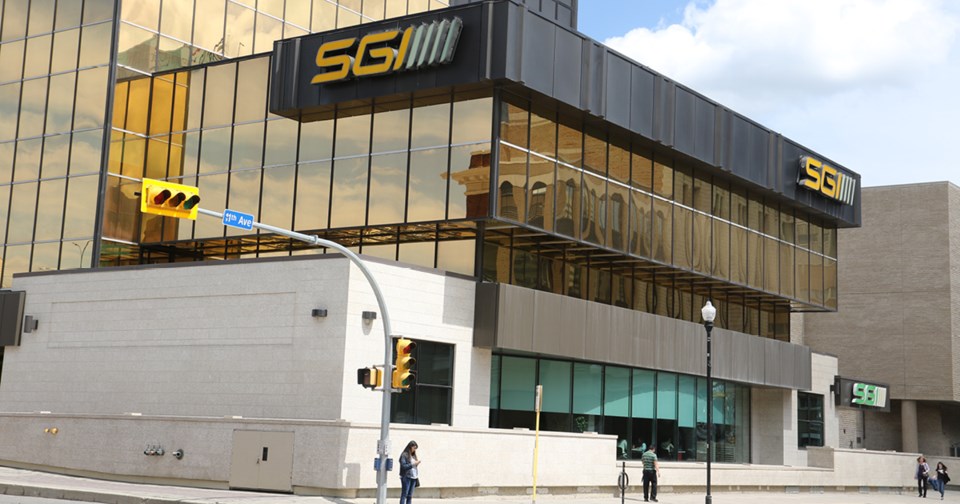SGI has submitted a rate increase proposal that will see 462,120 vehicle policy owners pay more, 494,479 pay less and 893 see no changes.
Those paying more will pay an average of $96 more, while those paying less will pay an average of $102 less. The insurance crown said at the end of the day, it will neither gain nor lose revenue from the proposed changes.
“By rebalancing rates so some vehicle types pay more and others pay less, we can move closer towards rate fairness,” said Andrew Cartmell, SGI’s president, in a media release.
“SGI is committed to ensuring fairness in rates between vehicle types, while also keeping Saskatchewan’s basic auto insurance rates among the lowest in Canada.”
The increases would be capped to a maximum of $150 per year for an annual premium under $1,000 and 15 per cent for premiums over $1,000 per year.
The Saskatchewan Rate Review Panel is reviewing the proposal. If approved, the rate changes would take effect Jan. 21, 2022.
The proposal (warning .pdf) breaks down the rate changes by category. Some highlights include:
- 764,303 private passenger vehicles will see an average of a 1 per cent decrease. 343,270 will see an average increase of 7.2 per cent, while 420,191 will see an average decrease of 9.7 per cent.
- 41,996 farm light trucks made 2004 and after will see an average rate increase of 2.3 per cent.
- 21,387 antique vehicles will see an average increase of 9.4 per cent.
- 19,155 farm heavy trucks/vans will see an average decrease of 2 per cent.
- 14,578 farm light trucks made between 1994-2003 will see an average rate decrease of 19.2 per cent.
“In recent years, we have seen expenses for repairing more intricate and complicated car systems increase,” Cartmell said.
“Despite that, we have been able to avoid significant increases in premiums due to a reduction in collisions, injuries and fatalities on Saskatchewan roads, thanks in part to stronger traffic laws, increased enforcement and effective awareness campaigns.”
The panel reviewing the rate changes is open to questions and comments from the public. They can be reached at saskratereview.ca.



